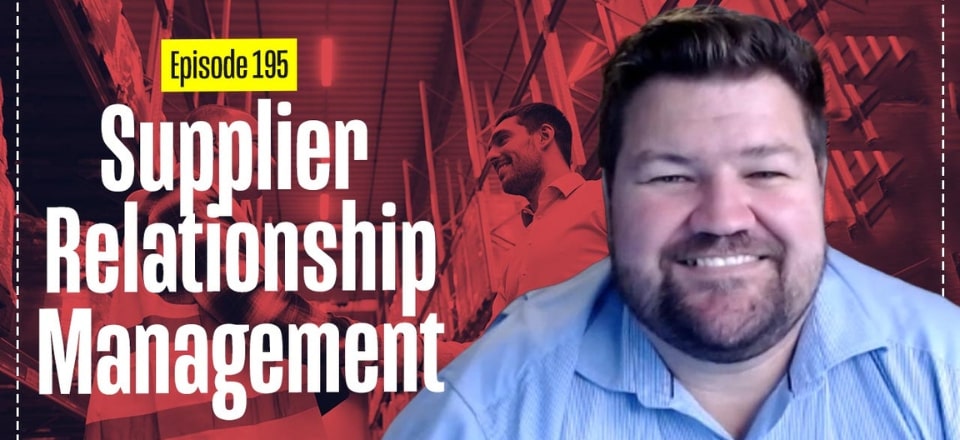Supplier Relationship Management is critical, yet many organizations struggle with it.
What common mistakes do people make in SRM?
Trent shares his expertise with practical tips to help you strengthen your supplier relationships.
Watch the video below!
Supplier Relationship Management (SRM) is a crucial yet often overlooked aspect of the supply chain. Many organizations focus heavily on customer relationships but fail to give the same attention to the supplier side, which is just as important. Without strong supplier partnerships, businesses risk missing opportunities to unlock added value and build a more resilient supply chain.
Why SRM Matters?
At its core, SRM is about creating partnerships that deliver more than just operational basics. Without management, supplier relationships often fizzle out after the initial “honeymoon phase.” You’ll get what you agreed on—nothing more. But effective SRM can turn a standard supplier arrangement into something more valuable.
The goal is to build partnerships where suppliers feel motivated to invest in your supply chain, providing innovation and support beyond what’s outlined in the contract. Done right, SRM creates what’s known as a “J-curve” effect, where the benefits generated far outweigh the costs of the relationship.
Where Companies Get SRM Wrong?
A major pitfall in SRM is focusing solely on metrics like hitting 98-99% KPIs. While these are important, they only measure compliance, not collaboration. Suppliers bring expertise to the table, and SRM allows businesses to leverage that expertise for mutual benefit.
Another mistake is neglecting communication. Like any relationship, clear and regular communication is essential. A good SRM framework—often called an “operating rhythm”—creates a structure for regular meetings at strategic, tactical, and operational levels. This ensures both parties address immediate issues while working on long-term improvements.
How to Identify SRM Gaps
Not sure if SRM is a priority in your business? Check your calendar. If monthly and quarterly supplier meetings aren’t scheduled for the year, SRM likely isn’t being given enough attention. Adding these meetings ensures accountability, preparation, and focus.
SRM typically sits with procurement because it connects closely to contracts. However, operations teams also play a critical role in managing day-to-day aspects like KPIs, costs, and safety. For strategic discussions—such as long-term planning and continuous improvement—both procurement and operations need to collaborate.
Related articles on this topic have appeared throughout our website, check them out:
- 4 Tips for Effective Supplier Performance Management
- 3 Practical Metrics for Supplier Performance Evaluation
- Why 3PL Relationships are Fraught—And How to Manage Them
Editor’s Note: The content of this post was originally published on Logistics Bureau’s website dated March 08, 2023, under the title “Supplier Relationship Management Tips“.




